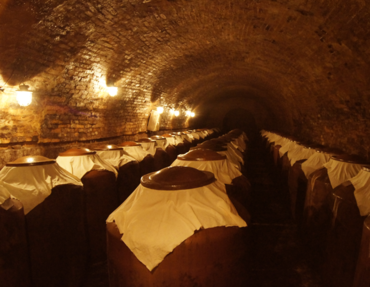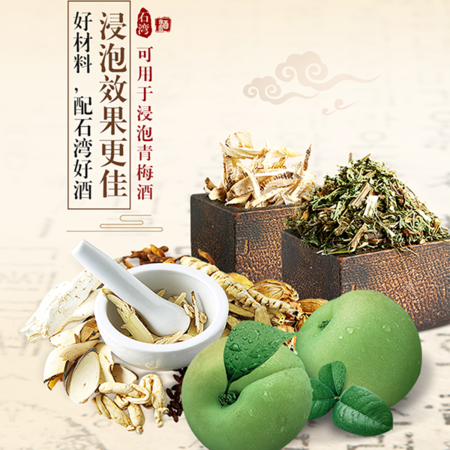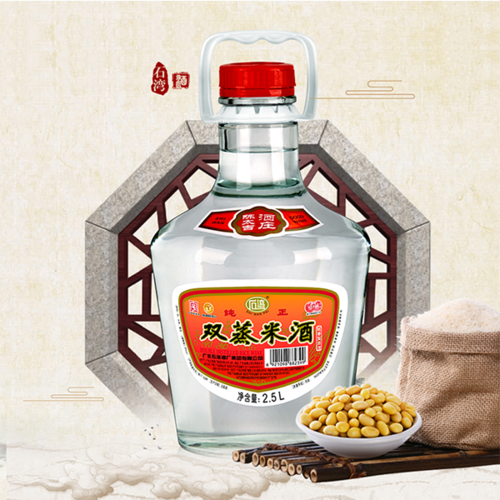How Can I Tell If the Cooking Wine Has Gone Bad?
Cooking wine is a valuable ingredient that adds depth and complexity to a variety of dishes. However, like any other food product, cooking wine can go bad over time. It's essential to know how to identify signs of spoilage to ensure the quality and safety of your culinary creations. In this article, we will explore how you can tell if the cooking wine has gone bad and provide you with practical tips to assess its freshness.
1. Check the Smell
One of the first indicators of spoiled cooking wine is an off odor. Take a sniff of the wine and trust your senses. Spoiled cooking wine may emit a strong vinegar-like smell or an unpleasant, sharp aroma. The odor should be significantly different from its original fruity or complex scent.
2. Assess the Taste
The taste of cooking wine can also provide valuable information about its freshness. If the cooking wine has gone bad, it may taste overly sour, sharp, or vinegary. The flavor should be relatively balanced and contribute positively to the overall taste profile of your dish. If the taste is noticeably unpleasant or significantly different from when it was first opened, it's a sign that the cooking wine has deteriorated.
3. Examine the Appearance
Visual cues can also help you determine if cooking wine has gone bad. Look for any changes in color or the presence of floating particles or sediment. Spoiled cooking wine may exhibit a cloudy appearance, a change in color, or the formation of unusual substances. Fresh cooking wine should generally maintain its original color and clarity.
4. Consider the Shelf Life
Another factor to consider is the shelf life of the cooking wine. Most cooking wines have preservatives added to extend their lifespan, but they still have a limited duration. Check the label or the manufacturer's instructions for the recommended shelf life of the specific cooking wine you are using. If the cooking wine has surpassed its expiration date, it's more likely to have gone bad.
5. Trust Your Instincts
Sometimes, your instincts can be a good guide. If you have any doubts about the quality or safety of the cooking wine, it's better to err on the side of caution. It's always preferable to discard the wine and use a fresh bottle to ensure the best results in your recipes.
Conclusion
Knowing how to tell if cooking wine has gone bad is crucial for maintaining the quality and taste of your dishes. Pay attention to the smell, taste, and appearance of the wine. Trust your senses and consider the shelf life of the product. If you have any doubts about the freshness or safety of the cooking wine, it's best to dispose of it and use a new bottle.
Remember, using fresh and high-quality ingredients is key to achieving delicious culinary results. By being aware of the signs of spoiled cooking wine, you can ensure that your dishes are flavorful, enjoyable, and safe to consume.







